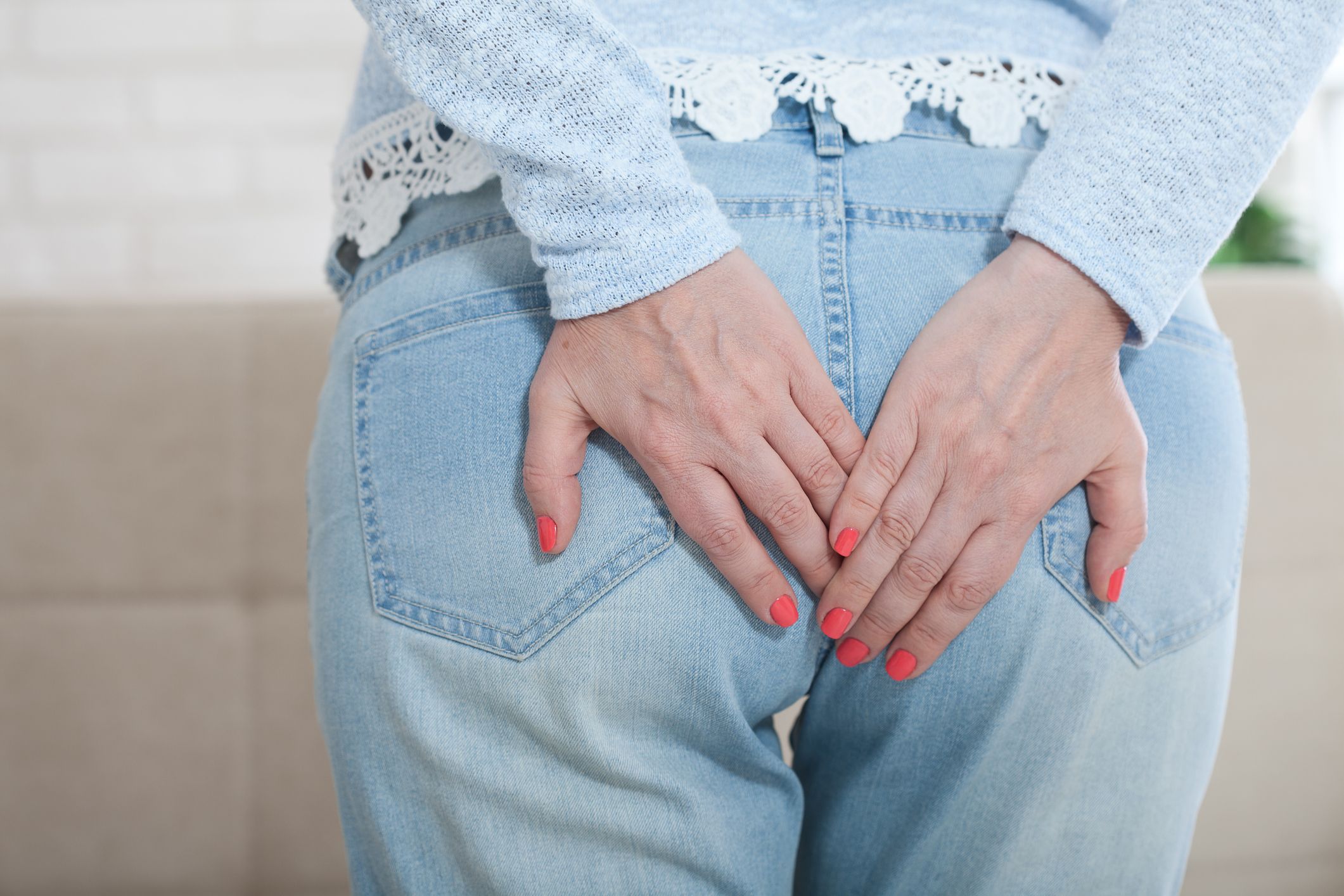

What is a haemorrhoid and should I be worried about it?
What is haemorrhoid? Haemorrhoids, or piles as they are commonly known, arise due to engorged blood vessels in the anal region. One in three Singaporeans experience this over their lifetime.
Follow us on WhatsApp for the latest updates: https://bit.ly/AsiaMDWhatsAppEN
What are haemorrhoids?
Haemorrhoids are anal cushions filled with blood vessels that function to provide a good seal around the anus and prevent leakage of stool. To use an analogy, think of the anus as a fist holding in the faeces and flatus of the rectum. Even with the fist tightly closed, air and liquids would leak through the gaps. Haemorrhoids plug those small gaps, creating an effective seal. Problems arise however, when those anal cushions get too large, become loose, or bleed.
Why does it happen?
The blood vessels in these haemorrhoid cushions allow them to expand. Excessive expansion would lead to the cushion getting too large and popping out of the anus (prolapse) and the vessels may rupture and bleed from trauma. Some common causes of haemorrhoids flaring up come from activities such as excessive straining during bowel movements. Pregnancy can cause increased pressure in pelvic veins and haemorrhoids often get worse in the third trimester. Episodes of diarrhoea and constipation can also aggravate the problem.
Symptoms of piles
Haemorrhoids can be internal or external. Internal piles are usually painless and you may not notice them at all. However, they are the leading cause of rectal bleeding and may cause pain and itching if they protrude from the rectal opening.
External piles tend to be more uncomfortable as the bulges can be felt and may get irritated by clothes and movement. In more severe cases where lumps become thrombosed (when a blood clot develops in blood vessels), pain can be sudden and intense.
Should you be worried?
The symptoms of haemorrhoids will often wax or wane over a person’s lifetime. During a flare, they may cause discomfort, but they often resolve on their own after a week or two. Certain medications can help, along with taking a high fibre diet to regulate bowel movement.
When should I see a doctor?
When symptoms such as pain, prolapse and bleeding persist for more than a few weeks, it is advisable to see a doctor for a proper assessment as there are also other conditions that can give rise to such symptoms like anal fissure (tear in the anal skin), anal fistula and anal warts. The other concern is these symptoms may be a sign of something more serious like colorectal cancer. With colon cancer rates increasing among adults younger than age 50, patients above the age of 40 with blood in their stools should consult their doctor for further evaluation.
This article has been verified medically by Dr Denis Cheong, colorectal surgery specialist of
Surgi-TEN Specialists at Farrer Park Hospital (Singapore).



0 Comments
Trackbacks/Pingbacks